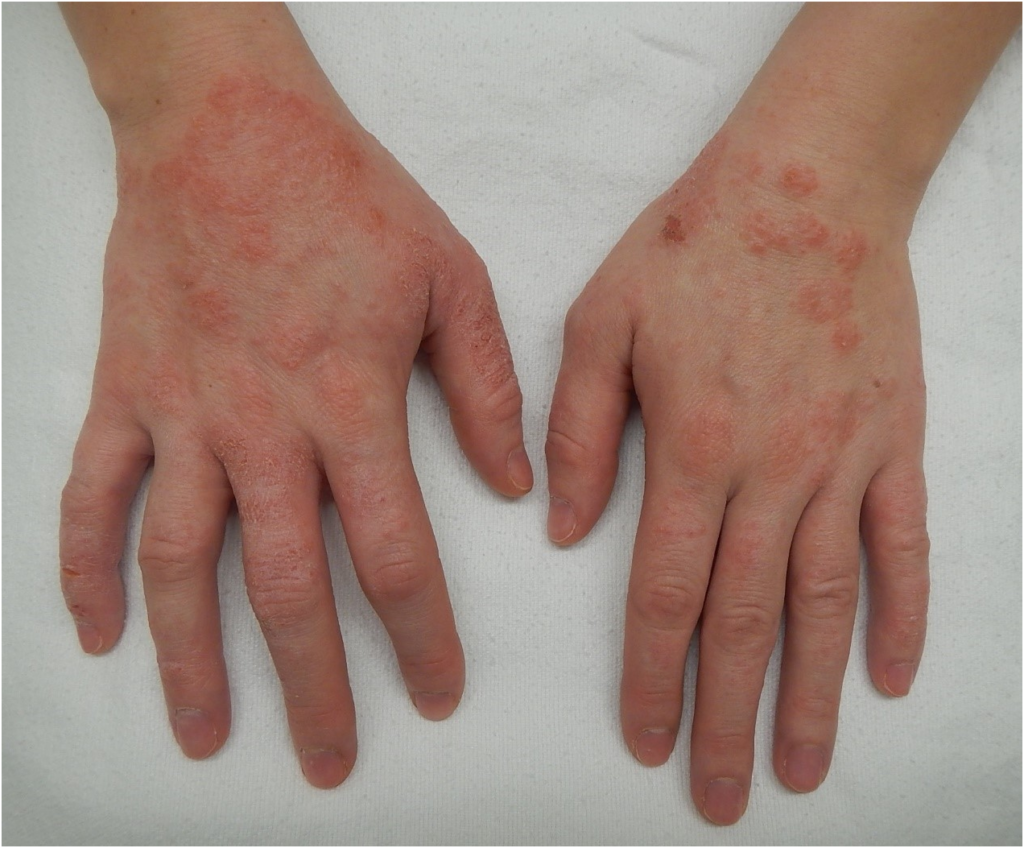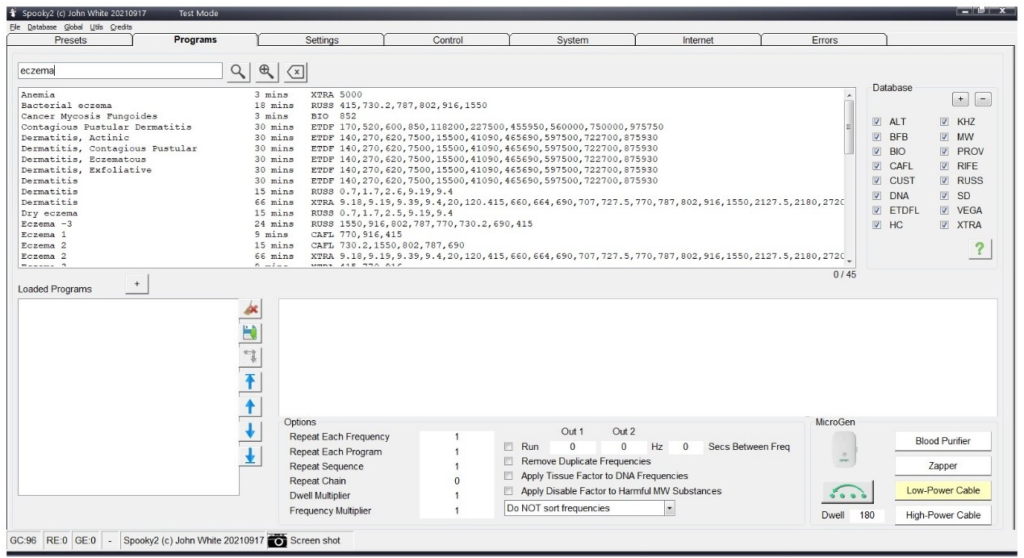
If your skin is itchy and red from time to time, you may have eczema. This skin condition is common in children, but adults can also get it. People with eczema often have allergies or asthma, as well as itchy, red skin. The most common form of eczema is called atopic dermatitis. Other forms include allergic contact dermatitis, irritant contact dermatitis, and the like. Each type of eczema has its own set of symptoms and triggers.
The etiology of eczema is complex and is often the result of the interaction of internal and external factors. Internal factors such as chronic digestive system diseases, mental stress, insomnia, excessive fatigue, emotional changes, endocrine disorders, infections, and metabolic disorders, as well as external factors such as living environment, climate change, and food, can affect the occurrence of eczema. It can induce external stimuli such as sunlight, cold, dryness, heat, hot water burns, as well as various animal skins, plants, cosmetics, soaps, artificial fibers, etc. It is a delayed allergy caused by complex internal and external factors.
The clinical manifestations of eczema can be divided into three stages: acute, subacute, and chronic according to the manifestations of skin lesions. Acute eczema is initially, the skin lesions are mostly dense miliary-sized papules or small blisters, the base is flushed and gradually merged into fragments, due to scratching, the papules or blisters show obvious punctate exudation and small erosions at the top after scratching. Occurs in the head and face, behind the ears, distal limbs, scrotum, perianal, etc., usually symmetrical release.
Subacute eczema occurs after the acute eczema inflammation is relieved, and the skin lesions are mainly small papules, crusts, and scales. Only a few papules and erosions are seen, and there is still severe itching. Chronic eczema, on the other hand, manifests as thickened, infiltrated, brown-red or hyperpigmented skin on the affected area, usually on the lower legs, hands, feet, cubital fossa, popliteal fossa, vulva, anus, etc.
In addition, eczema can be divided into two categories: local eczema and generalized eczema according to the degree of skin lesions. Localized eczema only occurs in specific areas, such as hand eczema, vulvar eczema, scrotal eczema, ear eczema, breast eczema, perianal eczema, calf eczema, etc. Eczema all over the body is mostly skin lesions, spread over many parts of the body.
Five ways to prevent eczema
- Eczema prevention is necessary for people with high skin allergies or a history of eczema. First of all, the diet should be healthy, it is recommended to eat more foods rich in vitamins, such as egg yolks, carrots, green leafy vegetables, fruits, and eat more foods rich in vitamins, such as animal liver.
- It is best to wear pure cotton clothes in winter, which is not easy to cause itching.
- When taking a bath in winter, avoid using soaps or detergents with strong cleaning power, do not rub your body hard, do not bathe too frequently, the temperature should not be too high, and the time should not be too long.
- If the room is too dry, a humidifier can be used to maintain the temperature and humidity in the room.
- Pay attention to food allergies and exercise to increase the body’s resistance.
Using Spooky2 Frequency Healing to Relief Eczema
In addition to the five methods mentioned above, you can also choose Spooky2 to relieve your eczema. The Spooky2 eczema program helps to relieve pain and itching under the skin, relax your skin cells and relieve skin soreness.
Step 1: Take Remote mode as an example, go to the Presets tab and select Shell (Empty) Presets – Remote – Healing (R) – JW
Step 2: Go to the “Programs” tab, search for “Eczema” and select the desired program.
Step 3: Go to the “Control” tab, select and import your generator, then run the program of your choice as shown below.


